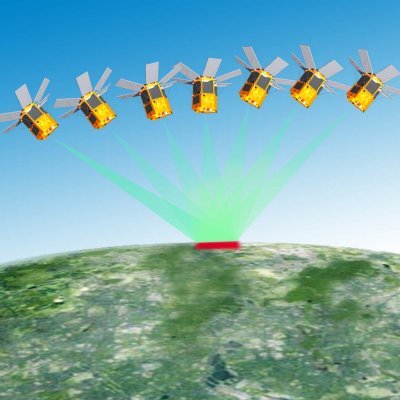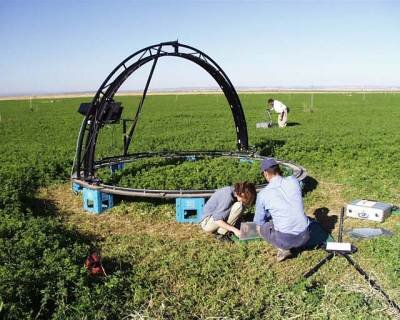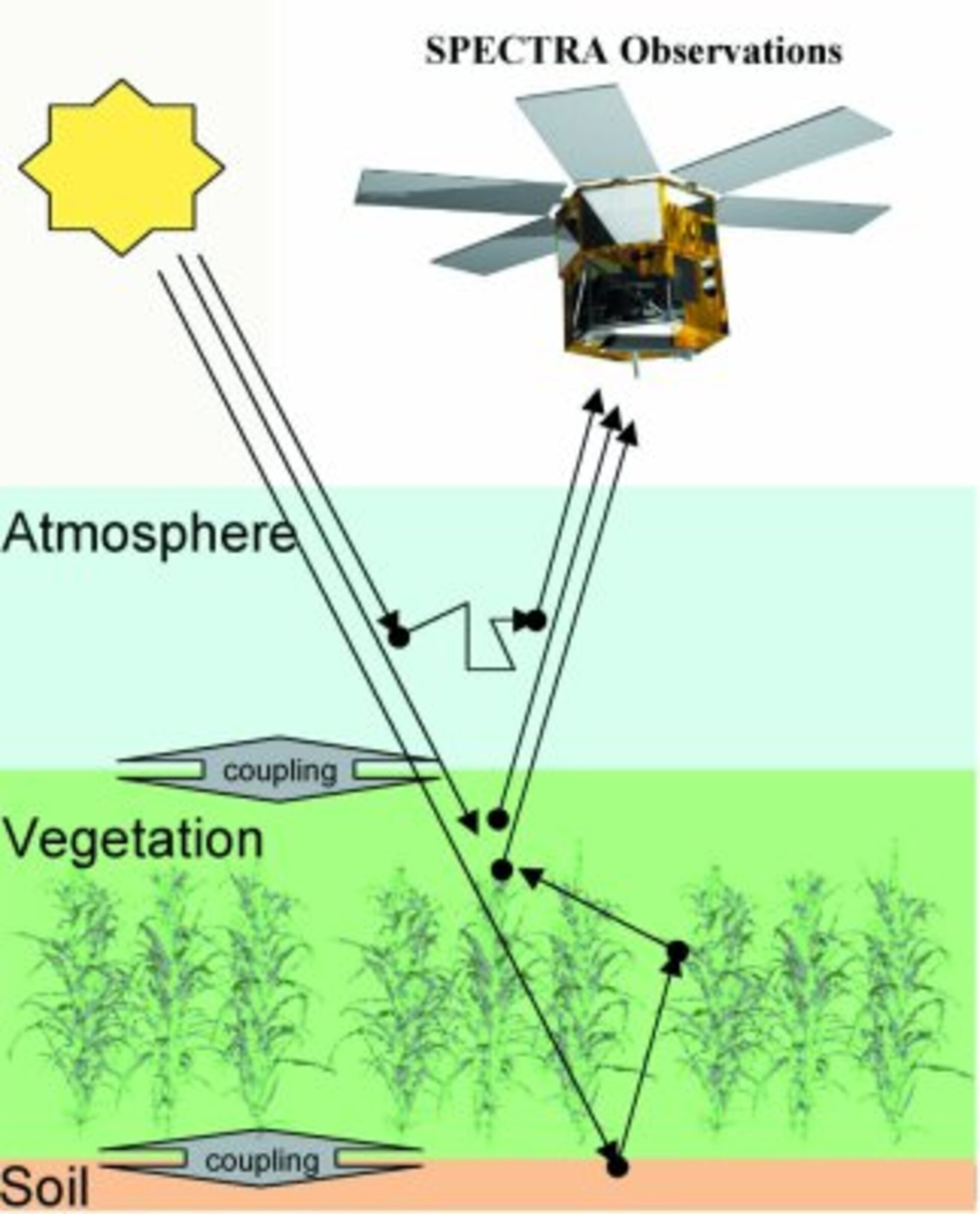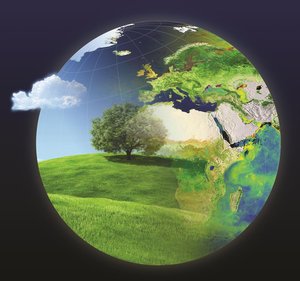Terrestrial vegetation and the carbon cycle - The Second SPECTRA Workshop
In October ESA will host an important workshop dedicated to the SPECTRA (Surface Processes and Ecosystem Changes Through Response Analysis) mission. This mission aims to advance our knowledge of the role that terrestrial vegetation plays in the carbon cycle and its response to climate change.
Within its Living Planet Programme the Agency is studying a suite of so-called Earth Explorer mission candidates for launch in the 2008-2010 timeframe. The aim of these missions is to help understand how the Earth functions as one system by providing a greater insight into the processes and interactions that are involved in and between the atmosphere, oceans, cryosphere and land.

One of the most rapidly changing components of our environment is terrestrial vegetation. This gives rise to many questions on the interactions between vegetation and the atmosphere and its influence on the climate. A better knowledge of how vegetation functions will help improve climate change forecasting, as well as further our understanding of the impact that increasing human activity is having on terrestrial ecosystems.

The Earth Explorer Candidate Mission SPECTRA has been devised to address these uncertainties. SPECTRA consists of a space-borne imaging spectrometer that will be able to view targets on the Earth from different angles to analyse directional reflectance and emission of radiance by vegetation. Its observations will encompass the visible, near- and short-wave and thermal infrared, thus enabling the best possible diagnosis of the state and health of vegetation and also identify the diversity of plants and their underlying soil types. The data acquired by SPECTRA will help derive measurements of important plant properties, such as chlorophyll, water content, temperature and leaf area. This information can be then be used in larger scale models for more accurate assessment of the current and future role that terrestrial vegetation plays in the global carbon cycle.
A technical concept for SPECTRA has been designed and a number of scientific studies assessing the benefit of the mission have been completed. Following the first SPECTRA Workshop, which was held in 2001, the Agency has now organised its second SPECTRA Workshop with the purpose of reviewing the scientific progress made in this area and assessing the status of the mission concept and the scientific capabilities in the community that will aim to use the SPECTRA data most effectively. Very promising results have already shown the positive impact that SPECTRA may have on improving models of the Climate, Global Vegetation and Numerical Weather Prediction (NWP). In particular the inadequate representation of vegetation processes is currently considered as a major error source in NWPs.
The SPECTRA Workshop will take place at ESA-ESTEC, Noordwijk, The Netherlands on 28-30 October 2003. For those interested in attending a draft Agenda and Registration Form is available here.





